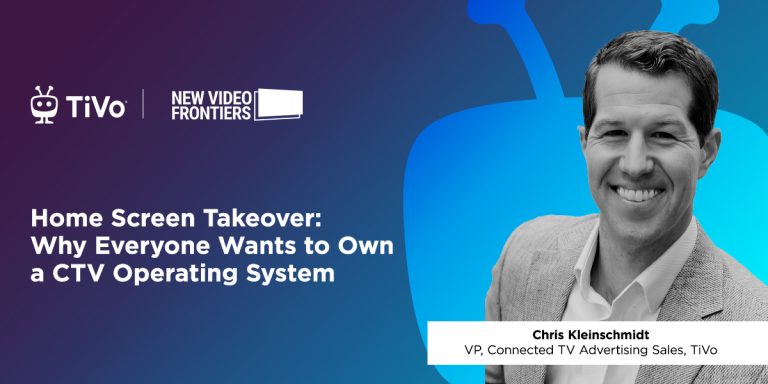The battle to own Connected TV (CTV) operating systems is quietly becoming one of the most significant shifts in modern media. As content discovery, data, and advertising meet on the smart TV home screen, owning the operating system is no longer a back-end technicality — it’s a strategic power play. In a world of endless entertainment choices, the OS has emerged as the gateway between audiences and what they choose to watch.
For brands and platforms alike, the appeal is obvious. The CTV operating system offers a data-rich, highly visible environment — one that’s accessed the moment a viewer powers up their screen. It’s the new front page, the new shop window. And it’s increasingly valuable real estate, not just for media companies, but for a growing mix of brands looking to land in front of viewers with immediate impact. Food delivery apps, car brands, travel platforms — all are vying for a presence where consumer decisions are being made in real time.
The Data Layer: Why OS Ownership Matters
What sits beneath the surface is arguably just as powerful. CTV operating systems are fast becoming one of the richest sources of first-party data. Through Automatic Content Recognition (ACR), platforms can understand what’s playing on a screen, when, and for how long — offering advertisers a new level of granularity in targeting.
This capability goes well beyond the simple idea of better ads. When combined with behavioural and purchase data, it allows for nuanced audience profiling, smarter campaign optimisation, and a genuine shot at achieving measurable incrementality. In a landscape where reach alone is no longer enough, the ability to eliminate waste and extend effectiveness is becoming a serious differentiator.
The Home Screen: TV’s New Point of Sale
Perhaps the most underappreciated — and most contested — asset in the ecosystem is the TV home screen. Often overlooked in discussions around mid-roll and pre-roll inventory, it’s this first-touch interface that provides the rarest of commodities in today’s digital world: undivided attention.
Get this moment right, and a brand message lands at the precise point a viewer is deciding what to engage with. But it’s a delicate balance. Audiences don’t want clutter. Repurposed ad formats often fall flat. Instead, content discovery tools and personalised placements — driven by smart metadata — offer a route to relevance without intrusion.
The FAST Factor: A Familiar Format in a New Model
Free Ad-Supported Streaming TV (FAST) has entered the scene as both disruptor and bridge. For many viewers, it offers a lean-back experience that feels comfortingly close to traditional broadcast — linear, familiar, and free of subscription fees.
While the pace of FAST adoption varies by market, the trend is clear: audiences are responding to models that offer ease and variety without a monthly cost. For operating systems, this opens the door to curating continuous, ad-supported content while boosting inventory. For advertisers, it’s a format that mirrors old habits — but with new precision.
What’s Next: Scaling with Purpose
Owning an OS isn’t just about clever UX or elegant design. It’s about scale — and strategy. But true success lies in creating platforms that aren’t just widespread, but also meaningful — platforms that enable smart measurement, respectful advertising, and a better viewer experience
Watch the video now to hear expert insights and strategies from the recent New Video Frontiers event, featuring industry leaders in the TV space.


Comments are closed.